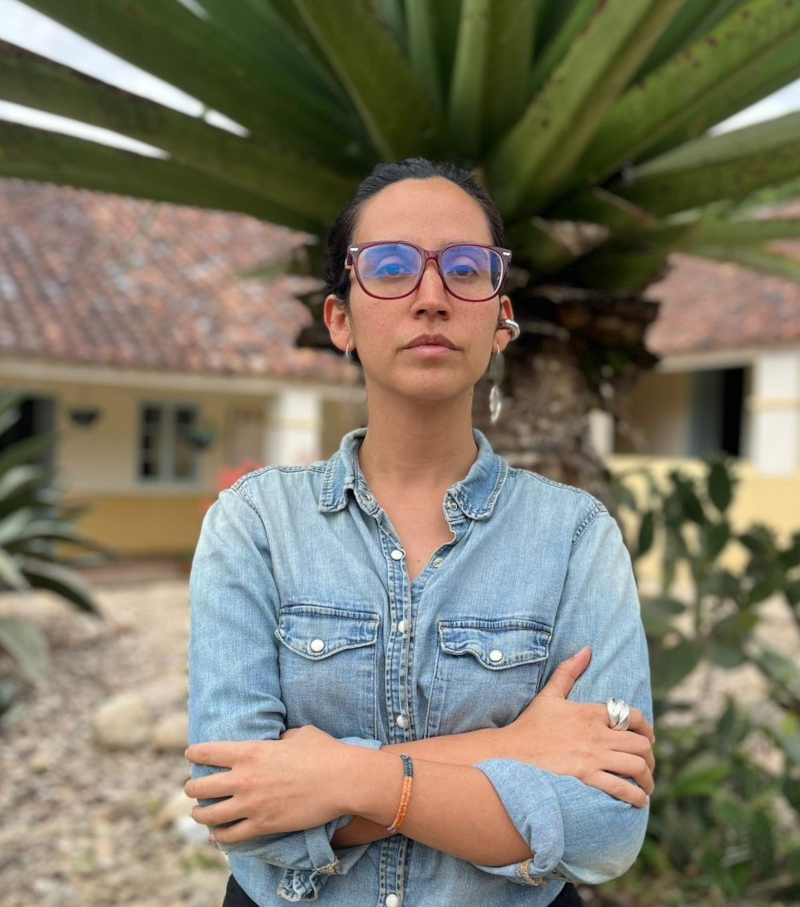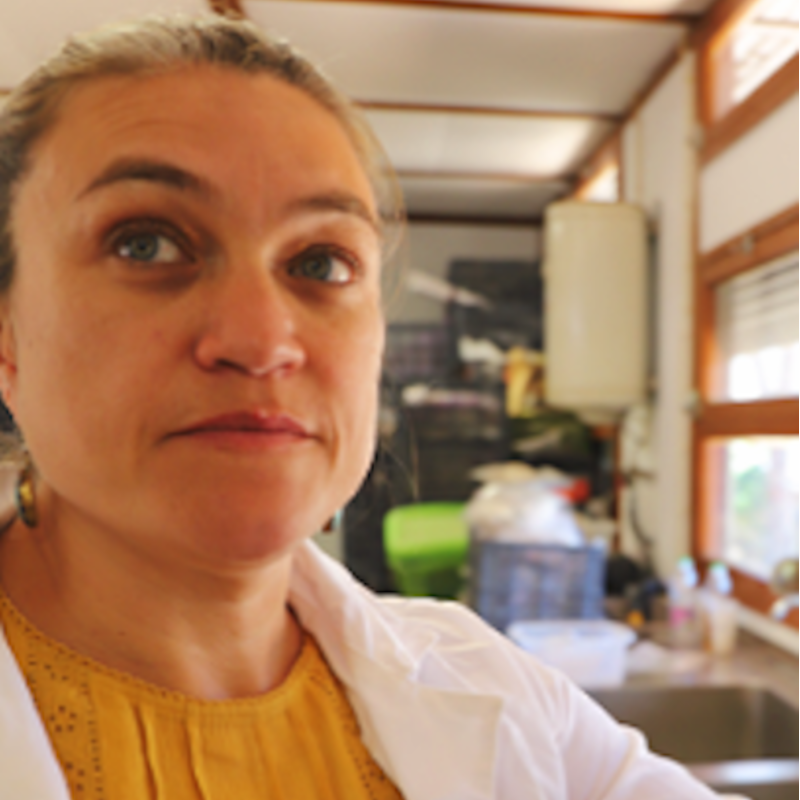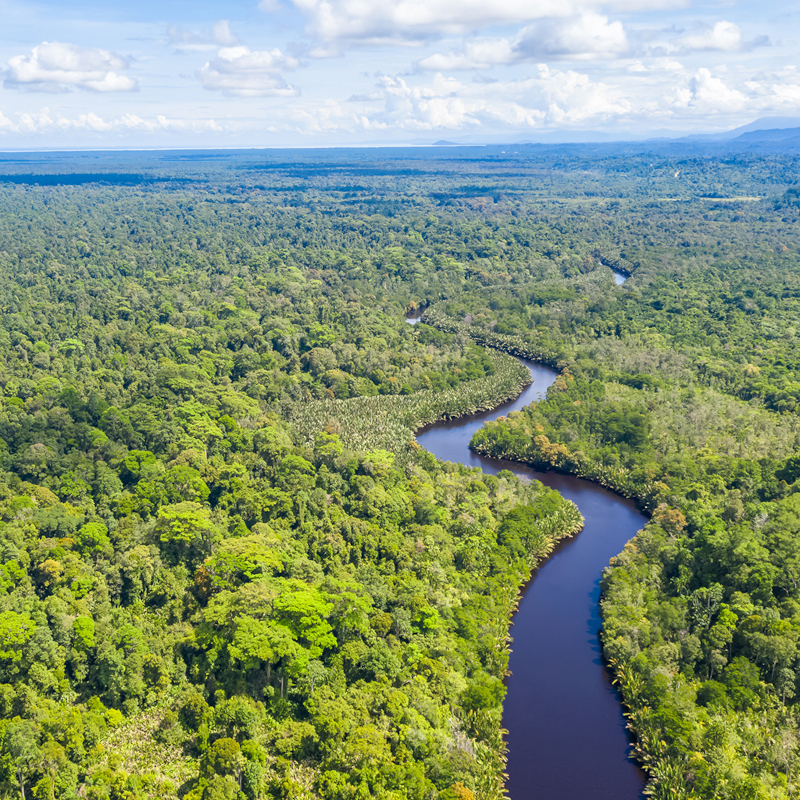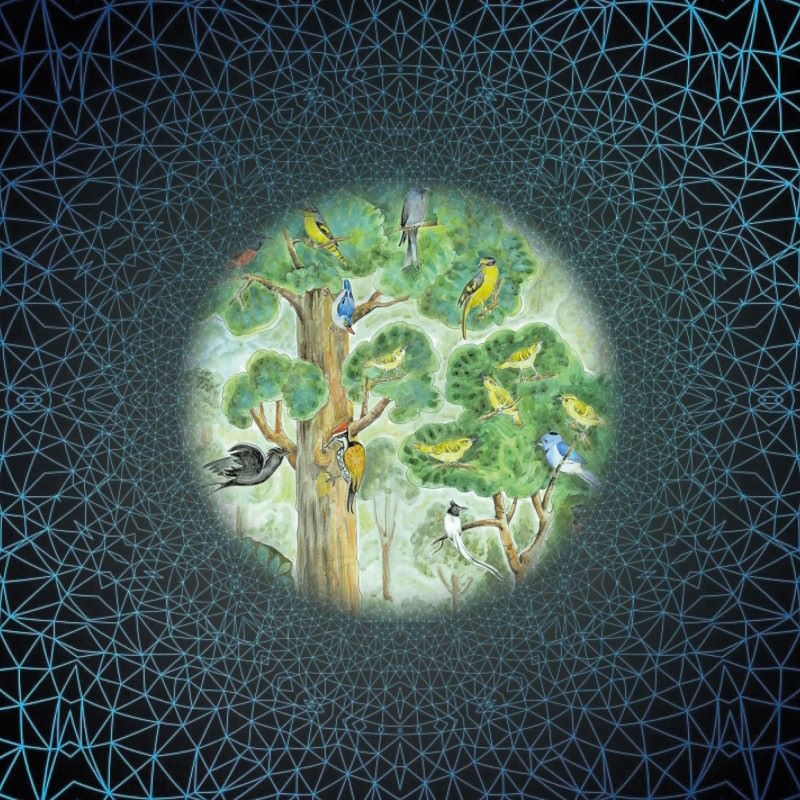Philosophical Transactions B recently published a theme issue on ‘Acoustic monitoring for tropical ecology and conservation’. In this blog, Guest Editor Daniela Martínez Medina (Instituto Humboldt, Colombia) tells us how this issue came about, and how acoustic tools have been increasingly adopted in ecological research, enabling us to expand our capacities in assessing multiple biodiversity facets.

Tell us about the idea behind this theme issue and how it came about
The idea for the special issue emerged thanks to the Animal Behavior Society Conference. At that time, Hoover Pantoja was the curator of the Environmental Sound Collection at the Humboldt Institute. With the aim of fostering collaborations, he reached out to Laurel Symes from the Lisa Yang Center for Conservation Bioacoustics, and together, the two institutions organized the symposium "Bioacoustics in Tropical Forests". In this symposium, researchers from different countries presented various research projects, and the fact that the conference was held in Costa Rica facilitated the participation of Latin American researchers as well. The symposium was a success, and we saw the opportunity to publish a special issue that would bring together studies conducted in tropical ecosystems, highlighting both their importance and the challenges they present. This special issue was the perfect opportunity to showcase research from authors in countries that are less regularly represented – we were very pleased to include papers from authors based in 14 different countries; including from Brazil, Colombia, Costa Rica, India, Indonesia, Vietnam and Kenya. Some of these authors were able to make use of the Royal Society’s Open Access Equity scheme, which gives free open access publication to authors based in certain low-income countries.
What do you think is the most exciting idea discussed in the papers?
This special issue includes many outstanding contributions—it's truly exciting to see the potential of acoustics to address such diverse questions across different scales. The first articles in the issue focus on ecological questions related to specific taxonomic groups, such as activity patterns of insects, frogs, birds, and even elephant behavior. But the issue also features contributions at the soundscape level, as well as several methodological papers. Acoustics is a cross-cutting research field with tremendous potential for biodiversity monitoring.

How was your experience of being a Guest Editor on Phil Trans B? Did you find it particularly challenging or rewarding?
I definitely learned a lot of new things. It was a very enriching experience, especially because Larissa, Monica and I didn't have much prior experience as editors, but we were able to work as a team. Helen Eaton (the journal’s Commissioning Editor) provided crucial support for successfully completing this process. The learning experience as an editor was incredibly valuable in helping me understand the entire editorial process and the journal’s workflow. It was also a personal challenge, but one that left me with many important lessons.
Tell us a bit about your own research
I currently work with the Environmental Sound Collection at the Humboldt Institute, located in Villa de Leyva—a beautiful place to visit here in Colombia. The results of this work are part of a large project we carried out in 2021 and 2022, where we collected baseline acoustic information across a highly transformed landscape mosaic in the Magdalena Medio region of Colombia. We integrated soundscape patterns with landscape variables, and the results specifically showed that patches with uniform shapes and low percentages of natural cover corresponded to more homogeneous soundscapes and higher acoustic activity. In contrast, patches with irregular shapes and greater natural cover were associated with more heterogeneous soundscapes and lower acoustic activity. This work represents the potential of acoustic tools for monitoring biodiversity in tropical ecosystems.
Read the theme issue 'Acoustic monitoring for tropical ecology and conservation’.
Visit our website to read more content from Philosophical Transactions B, or to find out how you can become a Guest Editor for the journal.




